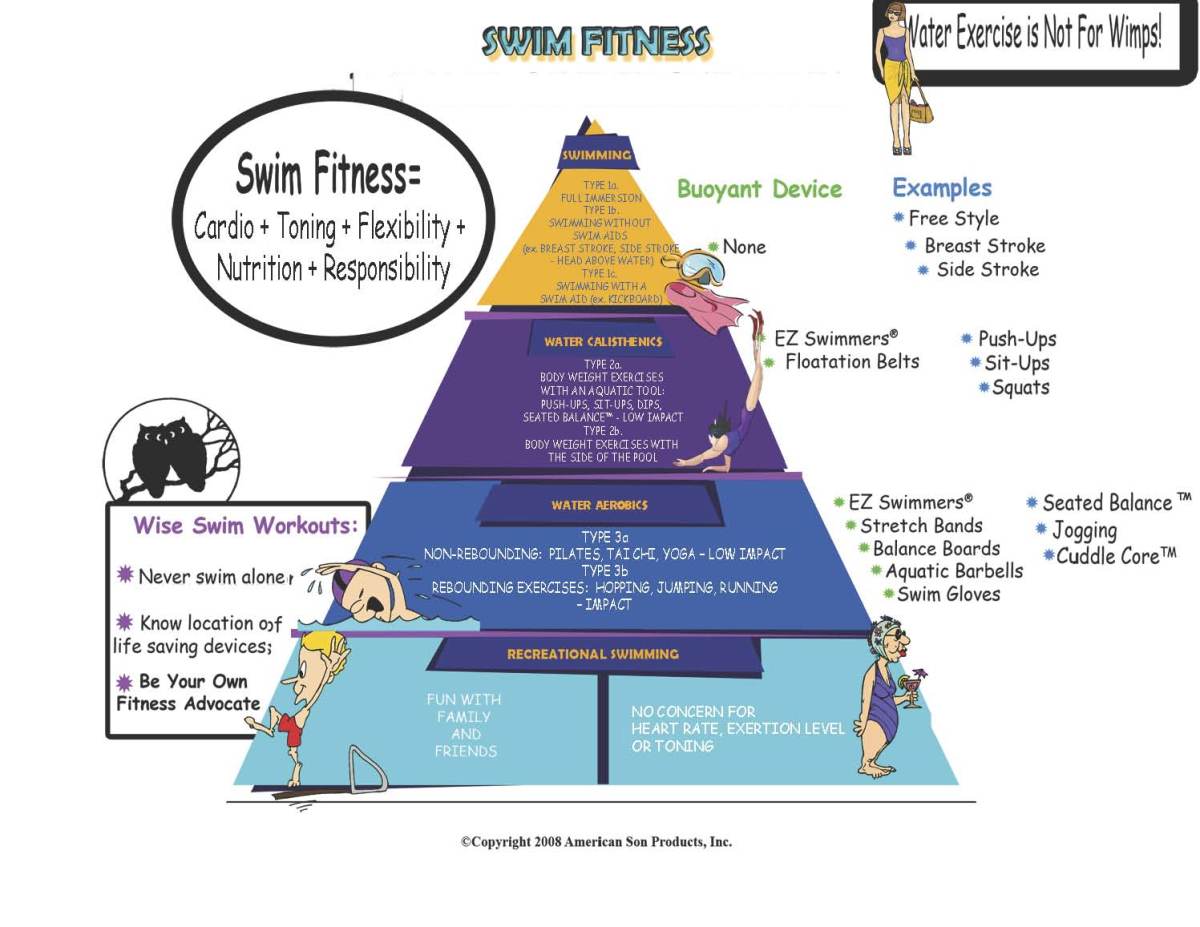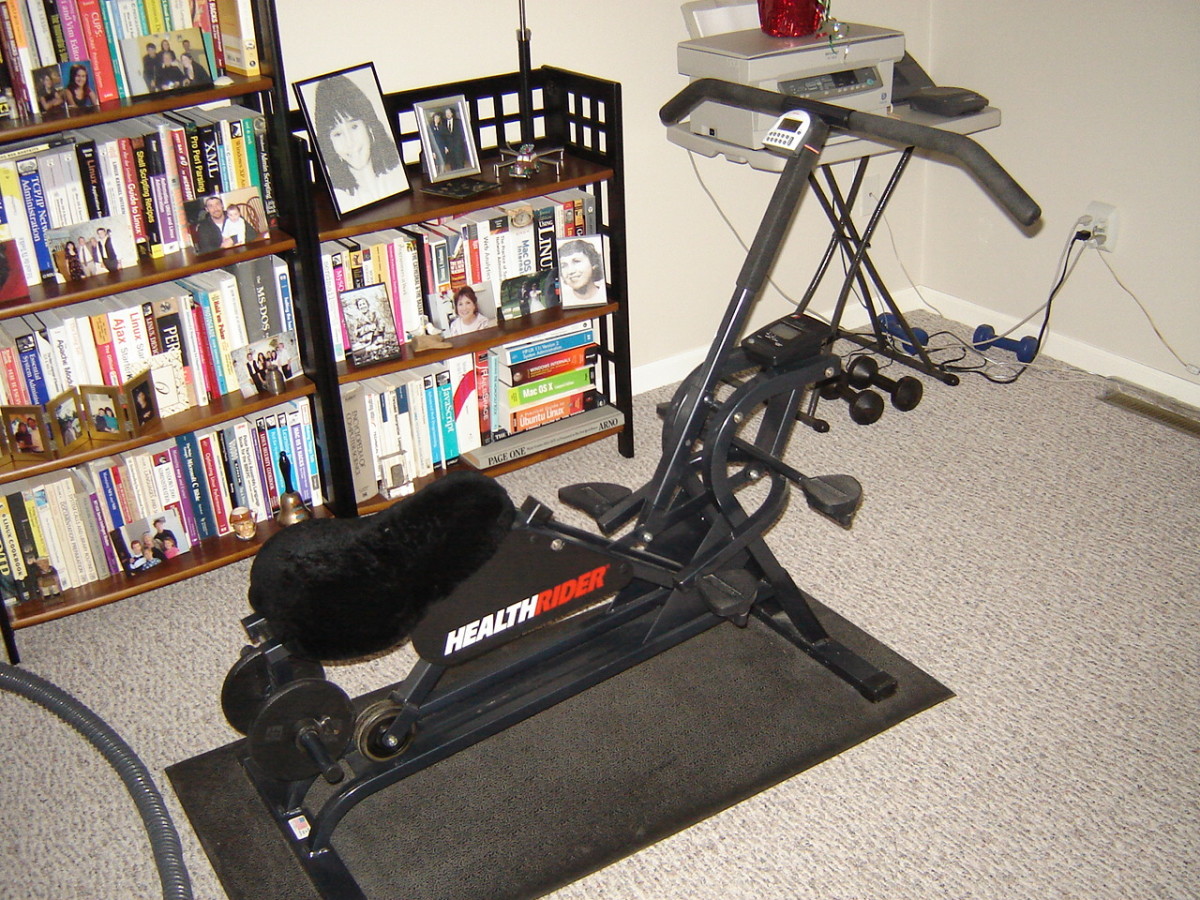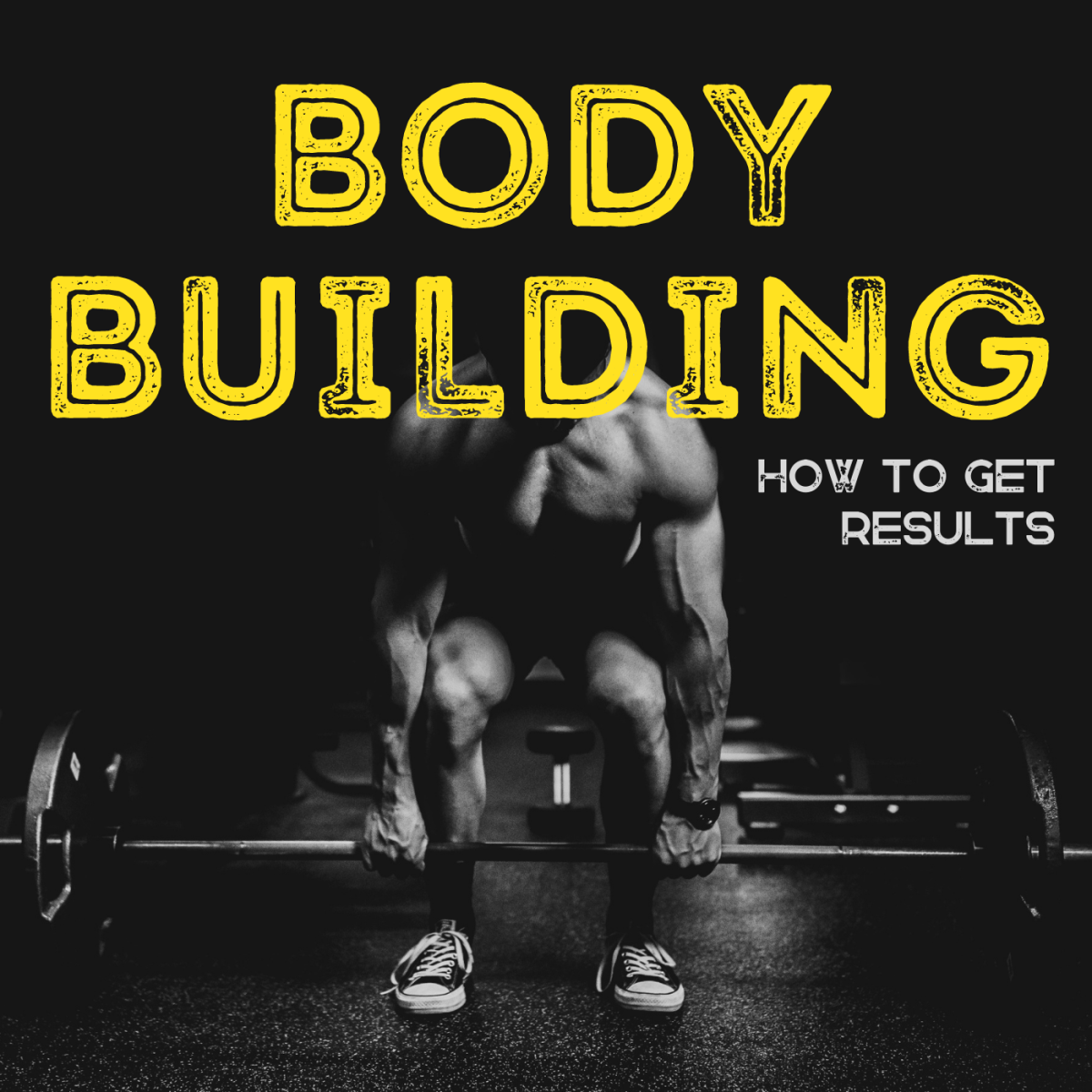Regular Exercise Can Prevent High Cholesterol Levels

Many of us have heard that exercise lowers cholesterol levels in the body. Exercise programs such as walking, jogging, and aerobics have been encouraged as a means to reduce total cholesterol, low-density lipoprotein cholesterol (LDL-C), and triglycerides while elevating the "good" high-density lipoprotein cholesterol (HDL-C).
Several studies have been conducted with healthy individuals to measure the effect of increased physical activity on serum lipoprotein concentrations. The results of these studies have been mixed.
Cholesterol travels in the blood in packages called lipoproteins, which consist of lipids (fats) and protein.
The following are basic types of cholesterol in the body:
- Low-density lipoproteins (LDL), also called bad cholesterol, causes aging of the arteries. A desirable level of LDL-C is below 130 mg/dl, with an optimal level of 100 mg/dl or less.
- High-density lipoproteins (HDL), also called good cholesterol, prevents aging of the arteries by taking the bad cholesterol from bloodstream back to the liver and out of the body as waste products. Only one-fourth to one-third of blood cholesterol is carried by HDL. When HDL-C levels are above 60 mg/dl the risk of heart disease is decreased. HDL-C levels below 35 mg/dl are considered undesirable.
- Very-low-density lipoproteins (VLDL) transports triglycerides in the blood; high levels of VLDL and triglycerides have also been linked to an increased risk of heart disease. There is no simple, direct way of measuring VLDL cholesterol. Since VLDL-C contains most of the circulating triglyceride, it is possible to estimate the amount of VLDL-C based on the triglyceride value. To estimate VLDL-C, divide the triglyceride value by 5 if the value is in mg/dL or divide by 2.2 if the value is in mmol/L. However, the calculation is not valid, when the triglyceride level is greater than 400 mg/dl (4.5 mmol/L) because other lipoproteins are usually present. Triglycerides testing most often requires that the patient fast overnight before sample collection. Normal VLDL cholesterol level is between 2 and 30 mg/dL.
- Triglycerides are the most common type of fat in the body; they store excess energy from the diet. A high triglyceride level combined with low HDL-C cholesterol or high LDL-C cholesterol is linked with fatty buildups in artery walls. This increases the risk of heart attack and stroke.
Exercise and Cholesterol –
The following is the association between exercise and cholesterol:
Regular exercise has the greatest effect on triglycerides and HDL, the good cholesterol. It lowers triglycerides and increases HDL-C. Consistent regular exercise can lower triglycerides by 30% to 40% and boost HDL-C by 5 to 8 mg/dL. Lower triglycerides and higher HDL-C levels are both important to heart health.
Exercise does not have much impact on LDL-C unless it is combined with changes in diet and weight loss.
When LDL-C levels are elevated, cholesterol begins to accumulate in vessel walls and restrict blood flow. LDL-C occupy all of the receptor sites located on the surfaces of almost all cells, allowing excess LDL-C molecules to circulate in the blood, whereby cholesterol is deposited in the vessel walls.
Regular exercise is involved in increasing the production and action of several enzymes that function to enhance the reverse cholesterol transport system. The precise mechanisms are unclear.
Although standard management of abnormal blood lipids is drug therapy and diet, it seems prudent to incorporate aerobic exercise as an important component of a healthy lifestyle. In certain individuals, drug therapy may be decreased in dosage or perhaps discontinued in the those who are “exercise trained,” especially if there is associated weight loss.
Effects of Different Types of Exercise on Total Cholesterol –
Moderate-intensity aerobic exercise is recommended as a starting point for those who have previously been sedentary or are new to exercise. High-intensity exercise has been shown to be no more effective than moderate-intensity exercise.
Resistance training presents an effective intervention independently. The addition of resistance training to aerobic exercise will supplement and possibly enhance the effects on the lipid profile, although there is limited literature comparing the three modes of exercise. Some combination protocols have been effective in lowering LDL cholesterol and increasing HDL cholesterol, whereas others have not.
Clinicians should encourage as much physical activity as possible while, where feasible, highlighting the additional impact or appropriateness of aerobic exercise, resistance training or both to obtain optimal benefits in their patients.
Exercise Prescription for High Cholesterol Levels -
Aerobic exercise should be the base of the exercise prescription program. Resistance training and flexibility programs should also be included in the plan because they present positive outcomes to the patient.
Aerobic Exercise - The recommended time for aerobic exercise is set at between 30-60 minutes, at the moderate intensity at least 5 days per week. The daily recommendations can be split up, meaning that the individual can perform the daily 60 minutes in several different sessions, and still see improvements in blood lipid profile.
Resistance Training - It will elicit positive results in target areas such as maintenance of lean body mass. However, it may or may not have any effect on blood lipid profile. It should be performed 2 to 3 days a week with 8 to 10 different exercises of one set or more of 8 to 15 reps with different weights. This training should be used in conjunction with aerobic exercise to improve overall fitness and health.
Other Training Styles - There are other training styles that do have positive effects on cholesterol levels. For example, Tai Chi has been shown to produce a reduction in triglyceride, total cholesterol and LDL levels. Patients may also partake in sports such as soccer or swimming, which predominantly use the aerobic system over extended periods of time, which will benefit the patient.
The Bottom Line –
Several studies have shown that regular physical exercise has a positive effect on different types of cholesterol in the body. Although standard management of abnormal blood lipids is drug therapy and diet, the clinicians should encourage their patients to take as much physical activity as possible. They should help patients in planning a well structured exercise schedule that should include aerobic exercise, strength training and stretching exercises.
References -
- Impact of exercise on blood lipids and lipoproteins:
DOI http://dx.doi.org/10.1016/j.jacl.2007.05.006
- Sports Med
DOI 10.1007/s40279-013-0110-5








